Blue Yeti People Hear My Keyboard and Mouse
Knowing that Blue Yeti microphone is one of the hottest mics in the market now says a lot about its quality. It's versatile and a popular choice among streamers, online content creators, and podcast hosts. But to make the most out of it, knowing a way or two to reduce unnecessary background noises while you record will come in handy.
How to reduce background noise on a Blue Yeti mic, you ask? It's as simple as plugging your headphones into your monitor and choosing your mic as a primary input device on your PC settings. You can then minimize your volume to 50% and lower the gain knob to remove distorted sounds in the background. Keep lessening your Blue Yeti mic's gain until you find your audio sweet spot.
It's also recommended to use the mute button on your mic. especially when coughing or clearing your throat while recording. But aside from fixing your Yeti mic settings, you can also consider trying the following tips to completely get rid of annoying warped sounds on your recordings.
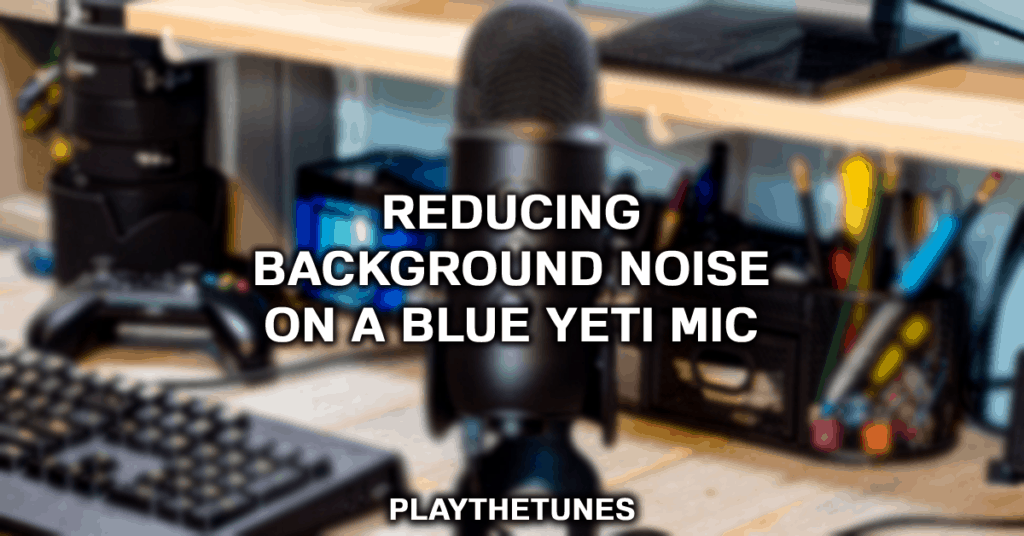
Understanding Sound Behavior
Before we get to business, you need to understand how sound behaves. This will help you realize the problem and find the most suitable solution. Sometimes, it's crazy how the room seems to be perfectly still to you but when you record, everything is a mess.
Basically, sound can travel through the air in vibration form. These vibrations will cause the air particles to compress and so the air moves the way it does.
Now, imagine the small vibrations coming from the humming of your fan, computer, or fridge. It could travel and transmit to your walls or furniture. When it does, the sound multiplies, and when it gets to your Blue Yeti microphone, it becomes a significant signal.
That causes interference and echoes that ultimately decrease the quality of your audio recording. Since you now have an idea how and why your mic picks up too much noise, let us take a look at the things you can do to resolve this.
Finding a Quiet Room

We live in a world where sound is everywhere. If you live in a city, cars are honking, neighbors yelling, and whatnot. Living in a rural area, away from the hustling and bustling, does not make much difference. There is cooing, chirping, and buzzing from all sorts of wild animals.
At any other time, it's nice to hear nature talk, but it also makes it impossible to find a peaceful place to record. It does not help that Blue Yeti microphones are sensitive to sound. It picks up even the slightest vibrations. So to effectively get rid of noises, you'll have to find a quieter place to record.
But since the Yeti mic is portable and tiny, it won't be as challenging to carry your microphone around the house. If you are up for it. you can do your recording in the mentioned spaces below.
In the Bathroom
Admit it, you have thought at least once that you sound amazing when you sing in the bathroom. You can definitely take advantage of the unique sonic personality of your bathroom. The countertops, mirrors, and tiles that cover the room minimize external noises perfectly.
It's a little uncomfortable to record in the bathroom, but if lessening the audio backdrop is your goal, it'll do. Your Yeti mic will pick up lesser noises in the bath since it does not have many windows that sound can travel into, unlike living rooms.
Inside Closets
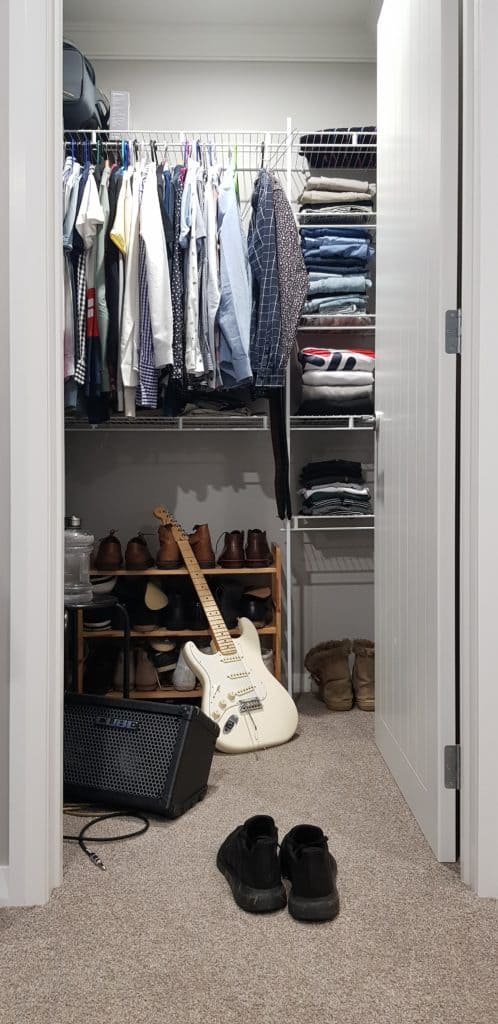
If you are a little too skeptical about recording in the bathroom, you may like to do it in the closet. It's small, and that makes it perfect. Since It's discreet and padded, it won't produce as much vibration compared to spacious rooms. You also have your clothes to help absorb echoes.
Soundproof Room
Ask yourself, is recording, podcasting, or creating content one of your long-term plans? If yes. you may want to invest in a soundproof recording room.
It'll cost you for sure, but at least you'll find a comfortable place to work on your projects. It should pay off in the longer run.
If a recording room seems a little farfetched right now. some workarounds can create a soundproof effect at home. You can use rugs and carpets on the floor to absorb the vibrations or even use tapestries on your walls.
Positioning Your Mic Properly
Aside from external noises, you can also disrupt the quality of your audio without realizing it. That's the reason why you need to mount your Blue Yeti mic in a proper position. You don't want your listeners to get distracted by muffled noises and distorted sounds from your breathing and movements.
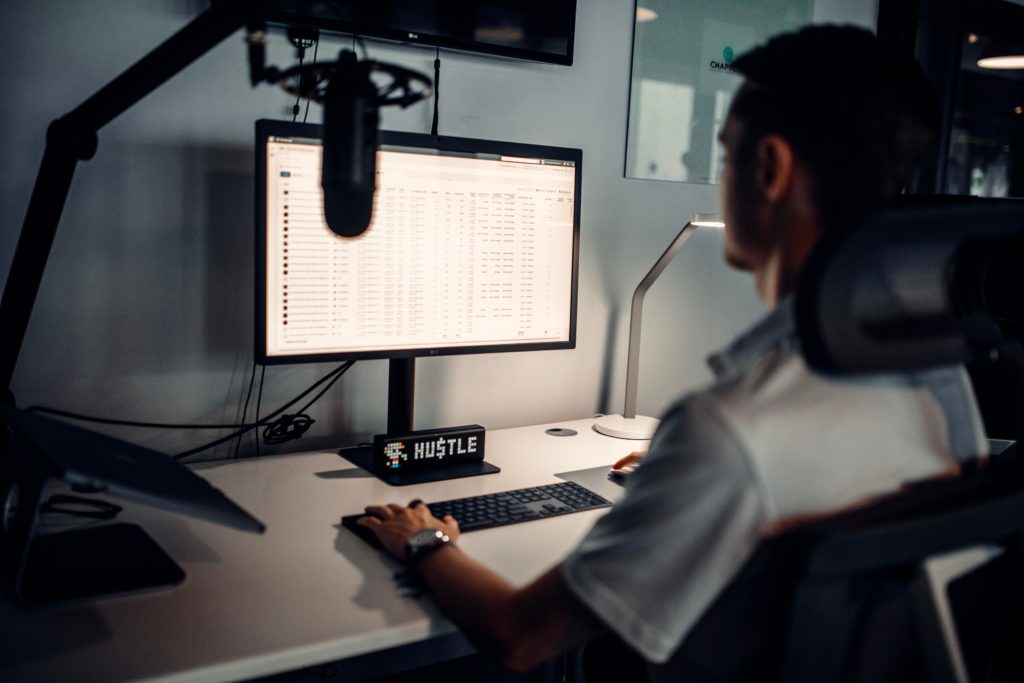
Your proximity to the Yeti mic is vital; as you know, it's sensitive. You want to keep enough distance while talking but not too far to produce reverberations and static noises.
The recommended distance between you and your Blue Yeti mic is 2 inches maximum. Distance is not the only thing to consider when we talk about positioning. Make sure that angle your mic away from your face; 45 degrees would be enough. This angle will send the air bursts from your plosives away from the mic.
Utilizing the Right Recording Setting
Your Blue Yeti mic comprises four recording modes. Using the right setting that fits your recording needs and surroundings can drastically improve the quality of your recordings.
Bidirectional Pattern
This mode is suitable for interviews. It'll focus on the sounds coming from both the front and rear sides of the microphone.
Omnidirectional Pattern
You can use this setting for live sounds because it captures sounds, literally, from all angles. If you use this mode on podcasts, you may end up with all sorts of terrible white noises.
Stereo Pattern
Unlike bidirectional pattern that focuses on the front and rear sounds, stereo setting records the sounds from left and right sides of your mic. This setting is perfect for recordings that involve instruments like guitar.
Cardioid Pattern
This pattern will mainly record the front-facing sounds. It won't pick up noises coming from the rear and sides of your Yeti mic. Gamers, live streamers, podcast hosts are recommended to use this mode.
Using Noise-Reduction Tools
You may not control the echoes and vibrations around you. but using some electronic tools will help your mic pick up less annoying white noises.
Pop Filters
A pod filter is a screen you put on your microphone that reduces the hissing and popping noises when you pronounce your strong consonants. You can mount your pop filter below your Yeti mic. right on the mic stand. You won't worry about the static from the words you are mouthing.
Its general purpose is to eliminate both low and high-end spectrum issues. Using one for your Blue Yeti microphone should also help you with easier audio edits.
Before you purchase a pop filter, there are few things you may want to consider:
- Size – your pop filter should be proportional to your Blue Yeti microphone.
- Mounts – the pop filter you choose must have enough gooseneck to ensure the filter covers your mic. A gooseneck refers to the mount that you screw in the frame and clamp.
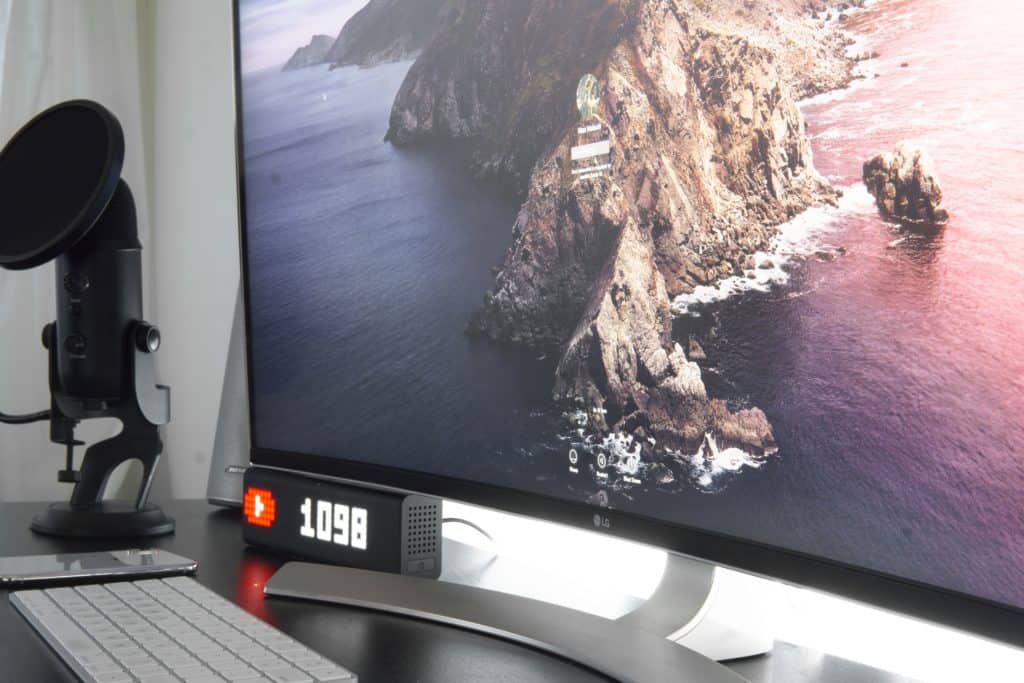
Noise Gates
A noise gate is an audio processor that controls excessive external noises picked up by an audio device. In a nutshell, its job is to block unwanted sounds like a gate. If you invest in it and mount or set it up accordingly, it should allow you to record crisp and clear audio using your Blue Yeti mic.
Audio signals that are above the threshold are the only sounds allowed to go through. You can choose whether you want a software or a hardware noise gate. Although, these days software or plug-in noise gates are more popular and preferred.
Shock Mounts
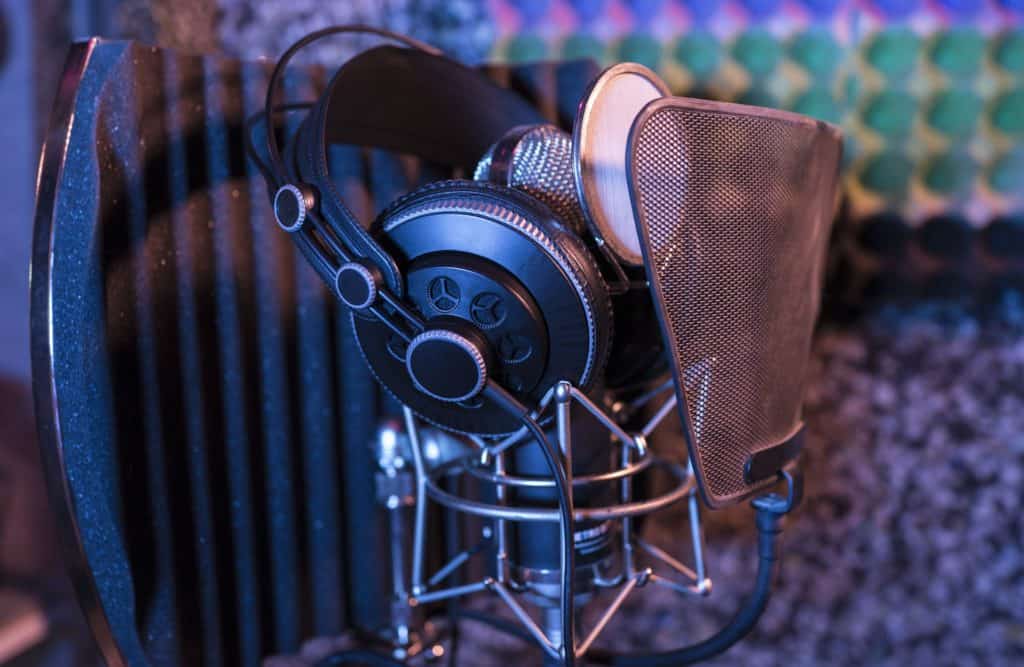
Since most modern microphones, if not all, are susceptible to picking up all sorts of external white noise, using a shock mount may be necessary.
It's an effective means of keeping your Yeti mic from absorbing shocks and vibrations from your environment.
Additionally, it does not affect the output of your recording. Using shock mounts also eliminates and removes your mic handling noises. So. if you can't keep your hand off your mic when recording, you can use this tool to reduce disrupting reverbs.
Lowering Yeti Mic's Gain
Adjusting your Yeti microphone's gain is made easier by its analog-to-digital conversion property. If you must know, a mic's gain knob is utilized to improve and optimize your microphone's signal. The setting you choose for your mic gain will directly affect the amount of sound your mic is allowed to absorb.
Utilizing Yeti's gain knob feature appropriately can ensure the balance between your mic's audio equipment and the signal it picks up.
If your gain setting is high, your listeners will hear everything, even the faintest tick, and tock of your clock. If you set it too low. everything will seem like a whisper, and your listeners won't understand a thing you say.
The mistake most people make when calibrating their Yeti's gain is that they entirely lower the setting. They think that a low gain knob setting will automatically fix the problem. It doesn't work that way. Your Yeti's gain setting may need to follow a different level because your environment and other equipment differ from other users.
Typically, the default setting of your Blue Yeti mic's gain knob is centered. It may not be that ideal for your own recording needs. So. you'll have to tweak it a little bit. Here's the most effective and suitable way to lower your gain knob:
- Plug your headphones into your Yeti mic. Please don't use low-quality headphones, you want to find your perfect gain balance static earbuds won't help.
- Enable your Yeti's gain knob. You should find it at the back of your mic. Turn it up, and you'll hear all the sound your mic can pick up. That's how you'll monitor the sound to find the perfect setting.
- Now, open your computer or laptop and make your Yeti a primary input device. You should lower the volume; 50% should be enough.
- Listen to the background noises from your headphone and while you start lowering the gain.
- Calibrate the gain knob up and down until you hear a crisp recording quality.
Considering Audio Editing Software
If you think your audio output can still do better but are not sure if using hardware tools is the best idea. you can opt for a noise reduction application. There are way too many of them in the market. And they are perfect for polishing and editing your finished outputs.
Noise reduction software minimizes or even completely eliminates all unnecessary interference. It can omit keypad typing sounds. mouse clicks. your pets whining. and other sorts of reverberation.
If you want to know some of the hottest free noise-canceling applications you can use for your Blue Yeti mic. take a look at our top three picks:
- Audacity – its open-source editing software. If you don't want extra cost but better recording quality. this is perfect for you.
- EArt Audio Editor – this application is built to edit all types of audio. You can record here too and even choose from their wide range of cool audio effects.
- SoundEngine – using SoundEngine is so simple. Their Noise Suppressor feature works like a charm.
Conclusion
Blue Yeti USB microphone is not the only mic in the market that has a sensitivity problem. Most modern mic. if not all. endures the same weakness. But on top of that, you'll find many superb qualities in this mic.
Make the best out of your Yeti mic and record the best quality content and output by following these tips:
- Find a quiet room to record in
- Properly position your mic
- Use the perfect recording setting
- Use noise-canceling tools
- Lower your mic gain
- Try using audio editing software
If you have any questions and tips you'd like to share, feel free to comment down below.
walterssoodia1977.blogspot.com
Source: https://playthetunes.com/blue-yeti-background-noise-fix/
0 Response to "Blue Yeti People Hear My Keyboard and Mouse"
Post a Comment